
Guardians of the Galaxy is my favorite of the Marvel movies. While I’m just a casual fan, I find it the funniest of the MCU films, and it is loaded with heart. The characters are real and vulnerable, and it’s only when they come together that good things happen.
In the rapidly evolving world of Artificial Intelligence (AI), the hype around Generative AI (GenAI) often makes it feel like the latest “Awesome Mix” of technologies that everyone wants to spin up. Conducting a proof of concept (PoC) with GenAI is, in many ways, like a dance-off against Ronan the Accuser – it’s fun, it’s fast, and everyone thinks they’re going to win. However, moving from PoC to production without the right governance is nearly impossible. It’s akin to getting the Infinity Stones – it requires a solid plan, discipline, and, most importantly, governance.
Just as the Guardians of the Galaxy must operate with a certain level of coordination and structure to save the universe (despite their sometimes chaotic methods), businesses need declarative, repeatable, policy-based governance to effectively manage AI applications. In this blog post, we will explore why GenAI-fueled applications are becoming ubiquitous, why application-driven governance is insufficient, what the pillars of effective AI governance are, and how Gloo AI Gateway, in conjunction with GitOps, provides a robust foundation for managing these AI-powered applications.
GenAI-Fueled Applications Will Be Everywhere Soon
The rise of GenAI is like the awakening of Ego the Living Planet – it’s sudden, powerful, and widespread. Organizations are racing to implement AI models capable of generating text, images, and even complex decision-making. The promise of AI is not just a buzzword anymore; it’s a practical tool that can transform how businesses operate, creating new products, enhancing customer experiences, and driving efficiency across various sectors.
Like Peter Quill’s team didn’t fully understand the power they were wielding with the Orb, many companies underestimate the challenges associated with managing AI at scale. GenAI applications are becoming pervasive, and soon, they will be as common as Rocket’s sarcastic comments. But the key to harnessing this power effectively lies in governance.
The Governance Gap
Enterprises are moving toward AI-based applications faster than their risk management and governance practices can keep up. This recent graphic from a recent PWC Trust Survey is telling. While 100% of surveyed executives say their companies are prioritizing AI initiatives, only about one-third of those organizations are focused on improving AI governance or including their risk management teams in the process. That is a recipe for trouble in large enterprises.

Application-Driven Governance is a Non-Starter
An obvious first step in AI governance is to have each application manage its own AI resources. But attempting to govern on an application-by-application basis is like trying to handle a planetary invasion with a Sony Walkman and a mixtape. It’s simply not enough. Application-driven governance lacks the consistency, scalability, and control necessary to manage AI workloads effectively. AI applications, especially those powered by GenAI, have specific needs and characteristics that demand a more structured approach.
Imagine if the Guardians tried to defeat Thanos by governing each team member’s actions independently without any coordination. Groot might decide to grow a tree, Rocket might build a bomb, and Drax would probably charge in headfirst without a plan. This would lead to chaos, just as decentralized, application-driven governance leads to fragmented, unscalable, and insecure AI environments.
Governance needs to be more like Yondu’s whistle-controlled Yaka arrow – precise, coordinated, and effective. It must be policy-driven and implemented in a manner that ensures consistency across all applications and environments. This is where declarative governance comes into play.
What Are the Pillars of Effective AI Governance?
Effective AI governance is built on several core pillars, much like the team dynamics of the Guardians:
- Policy-Driven Controls: Just as Gamora provides strategic insight and plans for the Guardians, AI governance requires clearly defined policies that dictate how AI models should be developed, deployed, and monitored. These policies should be declarative, meaning they define the desired state of the AI system and let automated tools ensure that this state is maintained.
- Automation and Repeatability: AI governance needs to be automated to scale effectively, akin to Rocket’s knack for building things quickly and efficiently. Manual governance processes are prone to errors and are not feasible in environments where AI applications are deployed rapidly and frequently. Automation ensures that governance policies are consistently applied, regardless of the scale or speed of deployment.
- Visibility and Transparency: Much like how Drax values honesty (even if it’s blunt), AI governance requires complete visibility into what is happening within the AI environment. This includes knowing what models are in use, how they are performing, and what data they are processing. Transparency is crucial for maintaining trust and ensuring compliance with regulations.
- Security and Compliance: In the same way, Groot protects his friends with his body, AI governance must safeguard data and models against unauthorized access and misuse. This includes ensuring that AI applications comply with relevant regulations and standards and that data privacy is maintained.
- Scalability and Flexibility: Finally, governance must be scalable and flexible, much like Peter Quill’s ability to adapt to any situation. As AI applications grow in number and complexity, governance frameworks must be able to scale accordingly without becoming rigid or unwieldy.
How Does Gloo AI Gateway Support These Pillars?
Just as the Guardians rely on their unique skills and abilities to protect the galaxy, Gloo AI Gateway, combined with GitOps, provides the necessary tools to enforce governance across AI applications effectively.

- Policy-Driven Controls with GitOps: GitOps is like having a detailed battle plan stored in a secure place. It uses Git repositories as the single source of truth for declarative infrastructure and application configurations. With Gloo AI Gateway, you can define policies as code in Git repositories, ensuring that all AI applications adhere to the same set of rules and configurations. This approach allows you to manage AI models and policies declaratively, just as you would with any other part of your infrastructure.
- Automation and Repeatability: With Gloo AI Gateway and GitOps, deploying changes is as simple as making a commit to a Git repository. This process is automated, ensuring that governance policies are consistently applied without manual intervention. This is like Rocket’s ability to whip up a new gadget on the fly – fast, repeatable, and always ready for action.
- Visibility and Transparency: Gloo AI Gateway provides comprehensive monitoring and logging capabilities, giving you the same level of insight that Mantis provides to the Guardians with her empathy – a clear understanding of what is happening within your AI environment at all times. This transparency is essential for maintaining control and ensuring that all activities are in line with governance policies.
- Security and Compliance: Gloo AI Gateway is designed with security in mind, much like Groot’s protective nature. It provides features like mutual TLS, authentication, authorization, and rate limiting, ensuring that only authorized users and applications can access sensitive data and models. This helps in maintaining compliance with regulations and protecting data privacy.
- Scalability and Flexibility: Just as Peter Quill adapts to the unpredictable situations he encounters, Gloo AI Gateway is built to scale and adapt to changing needs. It supports a wide range of AI models and deployment environments, allowing you to scale your AI applications and governance framework as your organization grows.
Summary and Conclusions
In conclusion, deploying GenAI applications is like forming an intergalactic team of misfits – it’s challenging, exciting, and potentially groundbreaking. However, without proper governance, it can quickly turn into a chaotic mess. Effective AI governance requires a structured, policy-driven approach that leverages automation, transparency, security, and scalability.
Gloo AI Gateway, combined with GitOps, acts as the ultimate guide for managing AI applications, providing the tools needed to enforce consistent, repeatable, and secure governance. Much like the Guardians of the Galaxy save the universe from destruction, these tools protect your organization from the pitfalls of unmanaged AI deployments.
As you embark on your journey to deploy GenAI applications, remember that governance isn’t a one-time task – it’s an ongoing responsibility. With the right tools and frameworks, you can ensure that your AI applications are not just powerful but also safe, compliant, and aligned with your organization’s goals.
So, gear up like the Guardians, get your governance in place, and prepare to harness the full potential of AI with Gloo AI Gateway and GitOps at your side.
Just like Peter Quill and his team, you have the tools to be the hero of your own AI story.
Next Steps
Learn more about Gloo AI Gateway from the Solo product page or the technical docs.
While Gloo AI Gateway is based on an open-source Envoy API Gateway, the AI components are an enterprise product offering. Learn more about obtaining a free trial here.
Stay tuned for Volume 2 of this blog, where we’ll explore a real-life example of combining Gloo AI Gateway with GitOps and ArgoCD to lay a foundation of declarative policy that can Rocket your enterprise to GenAI excellence in a properly governed and repeatable way.











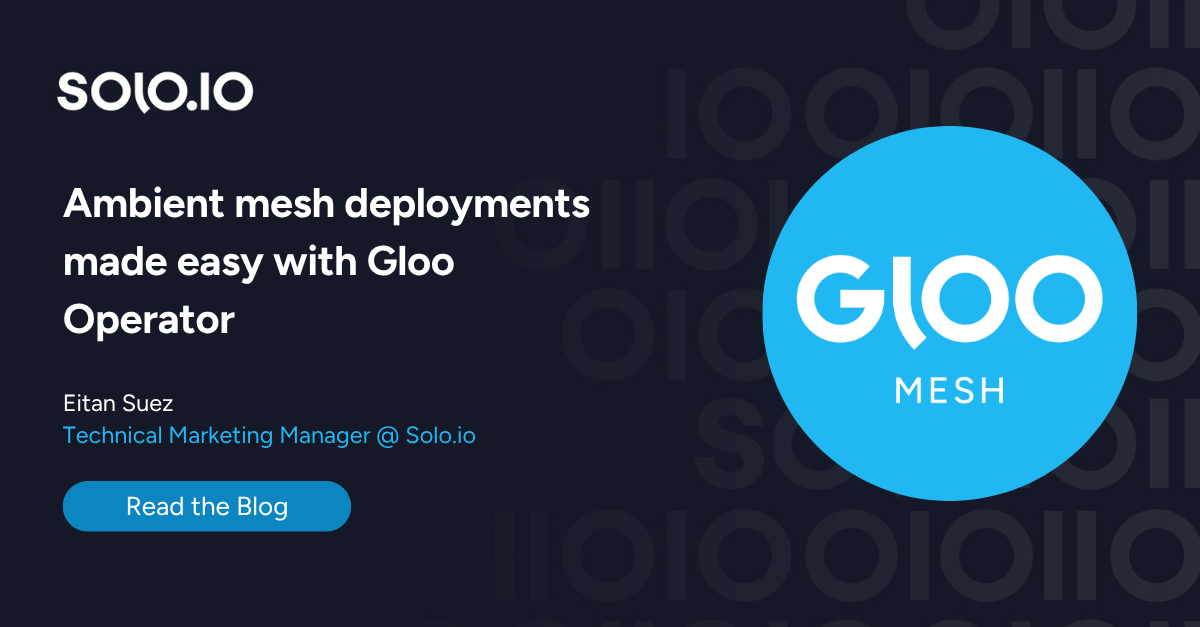
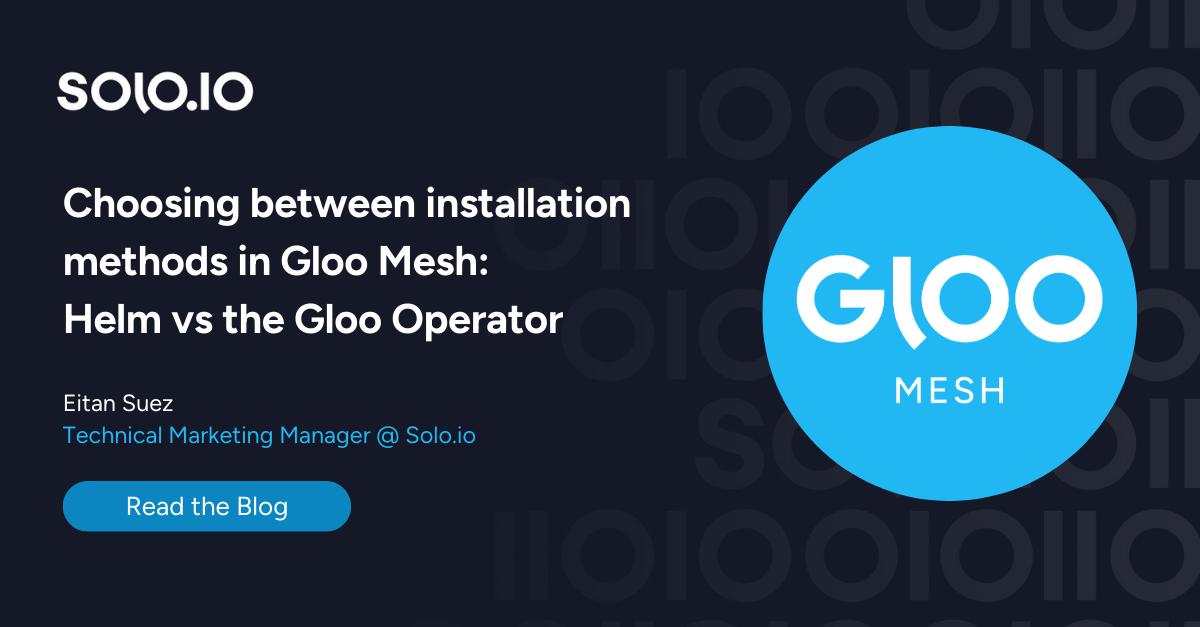


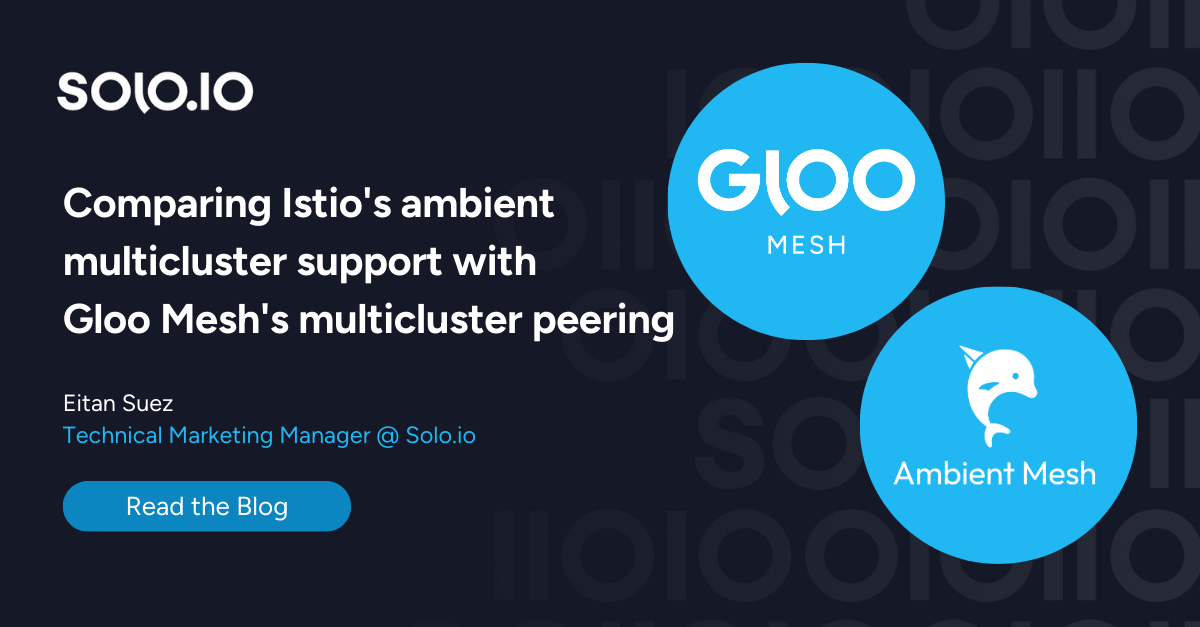


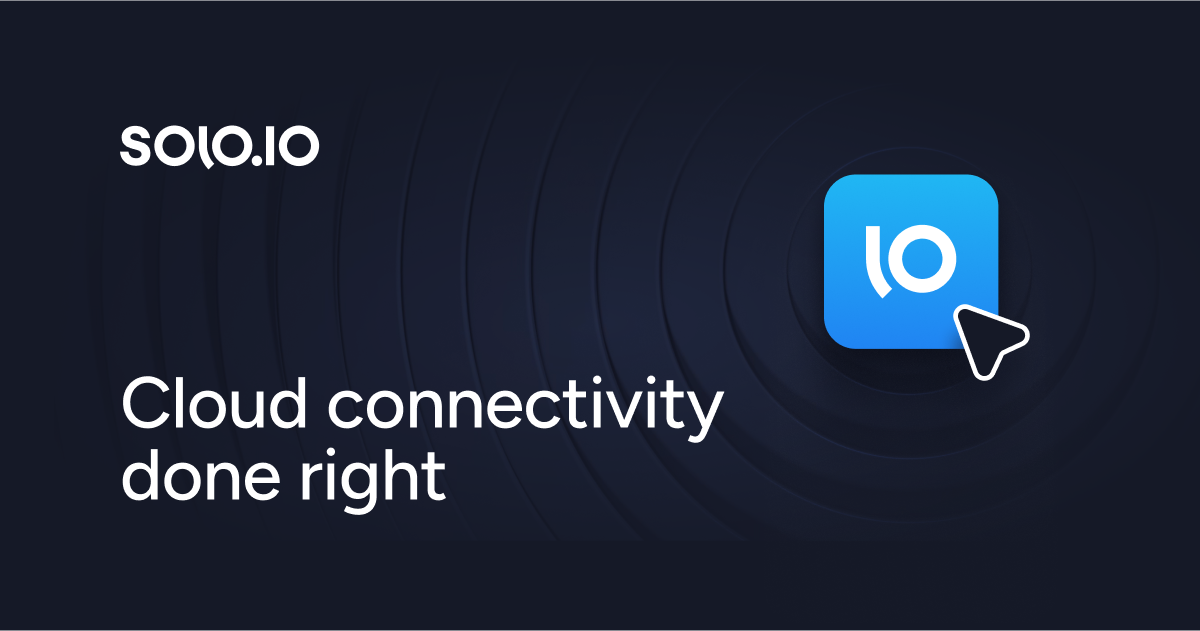


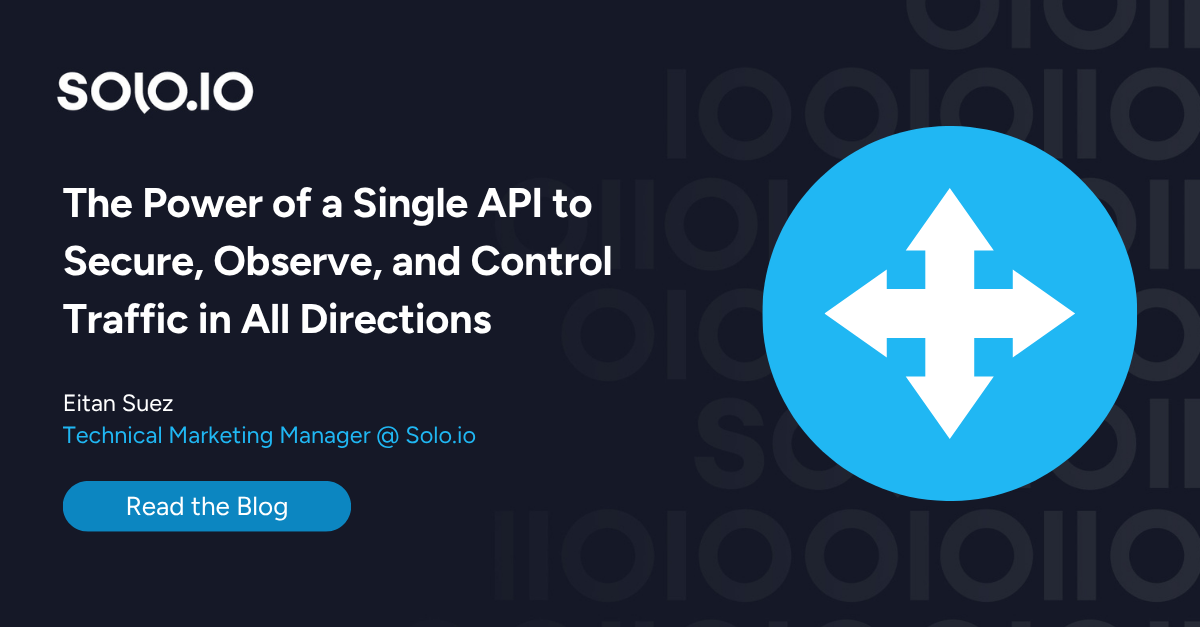
%20a%20Bad%20Idea.png)











%20For%20More%20Dependable%20Humans.png)









